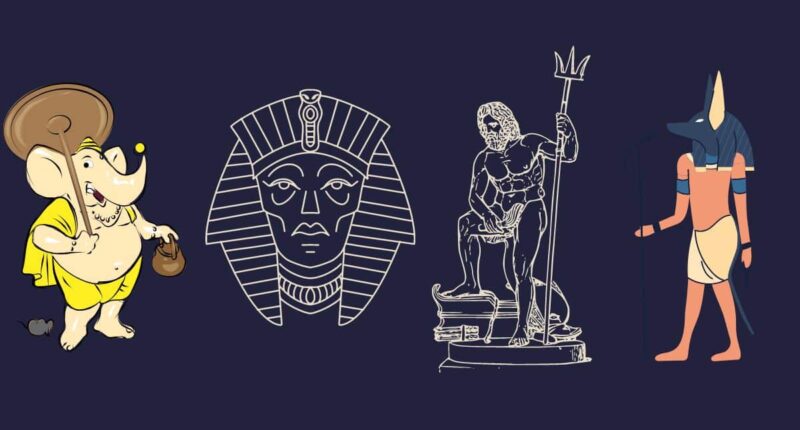Myths and legends have been a part of human culture since the earliest civilizations. They serve as a way to explain the world, provide moral guidance, and preserve a community’s cultural and spiritual heritage. Here are 10 oldest mythologies in the world, each with its own unique pantheon of gods, heroes, and monsters, and a rich history spanning thousands of years. These mythologies continue to influence the arts, literature, and spirituality of their respective cultures, as well as captivate the imaginations of people all over the world.
10 Oldest Mythologies
Sumerian mythology (5000 BCE)
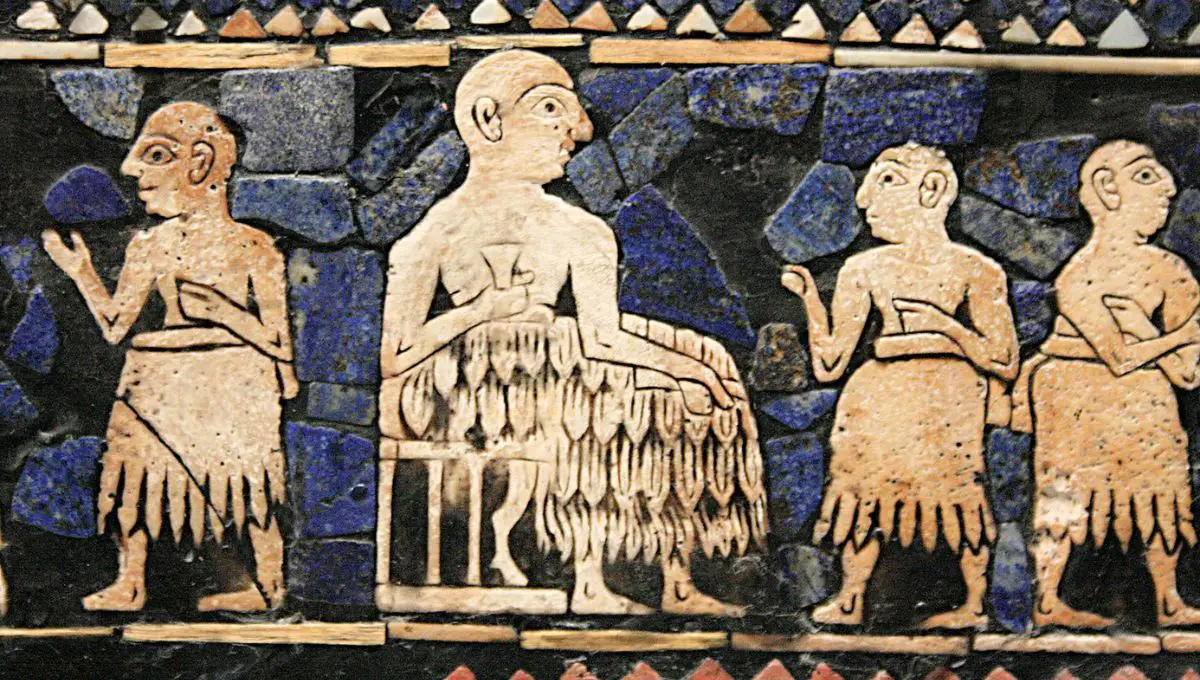
Originating in ancient Mesopotamia (modern-day Iraq) around 5000 BCE, Sumerian mythology is one of the oldest recorded mythologies in the world. It centers around a pantheon of gods and goddesses who controlled the forces of nature and governed the lives of mortals. Some of the most well-known Sumerian gods include Anu, the god of the sky, Enki, the god of wisdom and water, and Inanna, the goddess of love and war. Sumerian myths were passed down orally for centuries before being recorded in written form on clay tablets. They provide valuable insight into the beliefs, values, and daily life of one of the world’s first civilizations.
Egyptian mythology (3000 BCE)
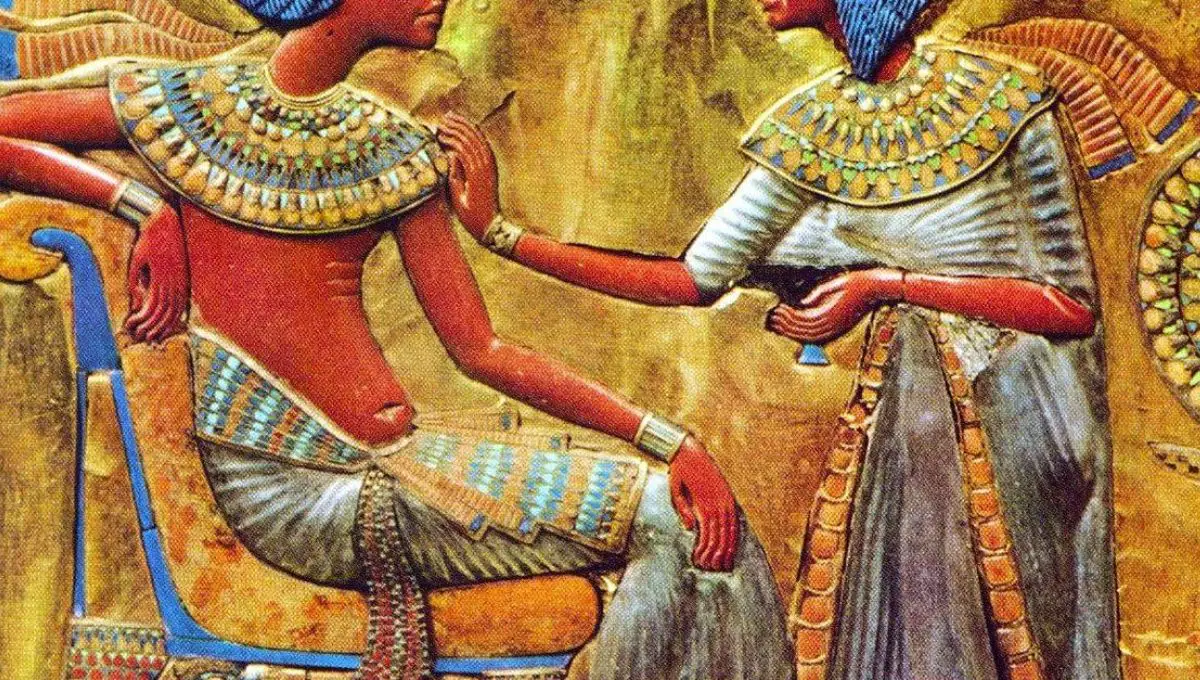
It is an ancient body of beliefs and stories that developed over thousands of years in ancient Egypt, dating back to around 3000 BCE. Egyptian mythology centered around a complex pantheon of gods and goddesses, each with their own unique attributes, domains, and cults. Some of the most well-known Egyptian gods include Ra, the sun god, Osiris, the god of the afterlife and fertility, and Isis, the goddess of motherhood and magic. Egyptian myths were deeply intertwined with the religion and daily life of the people, serving to explain the mysteries of the world and provide moral guidance. The myths were recorded in various forms, including temple inscriptions, papyri, and monumental architecture, providing a rich legacy that continues to influence the world today.
Babylonian mythology (1894 BCE – 539 BCE)
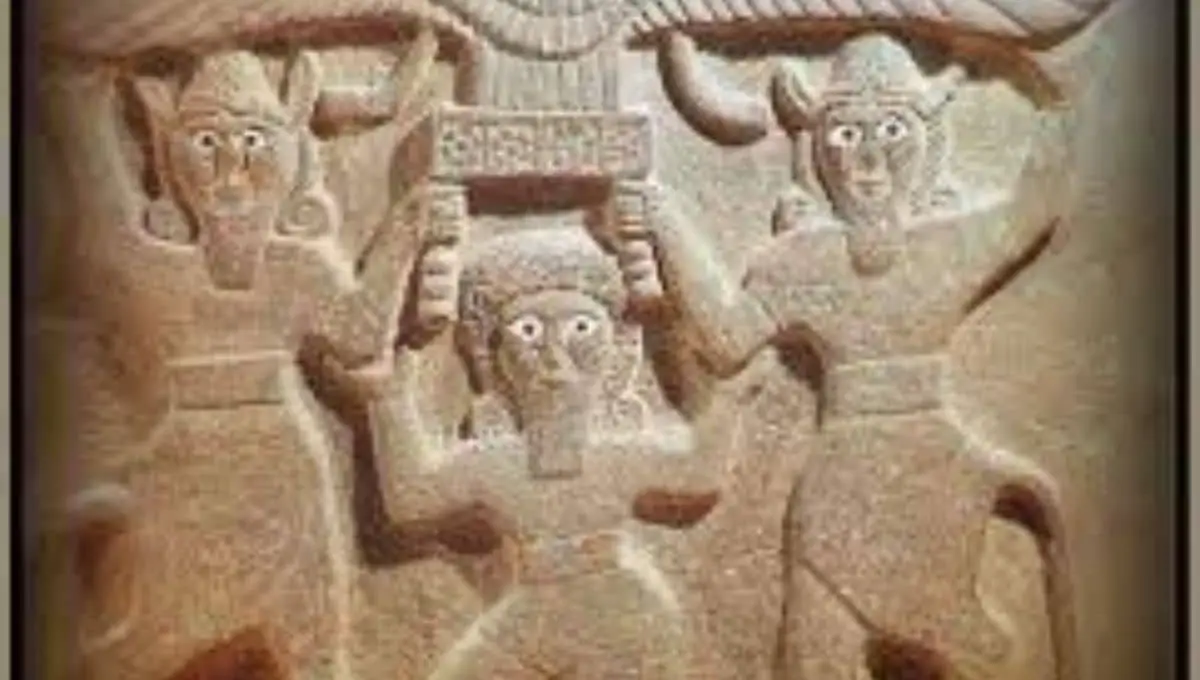
Babylonian mythology refers to the religious beliefs and practices of ancient Babylon, which was located in Mesopotamia (modern-day Iraq) during the period 1894 BCE to 539 BCE. It centered around the worship of gods and goddesses, who were believed to have control over various aspects of nature and human life. The most prominent of these deities were Marduk, the god of creation, and Ishtar, the goddess of love, fertility, and war. Babylonian mythology also included stories of epic battles, creation myths, and tales of the underworld. The Babylonian religious practices were deeply interwoven with the political and cultural life of the empire and had a significant influence on the development of later Western religious and cultural traditions.
Hindu mythology (1500 BCE – 500 CE)
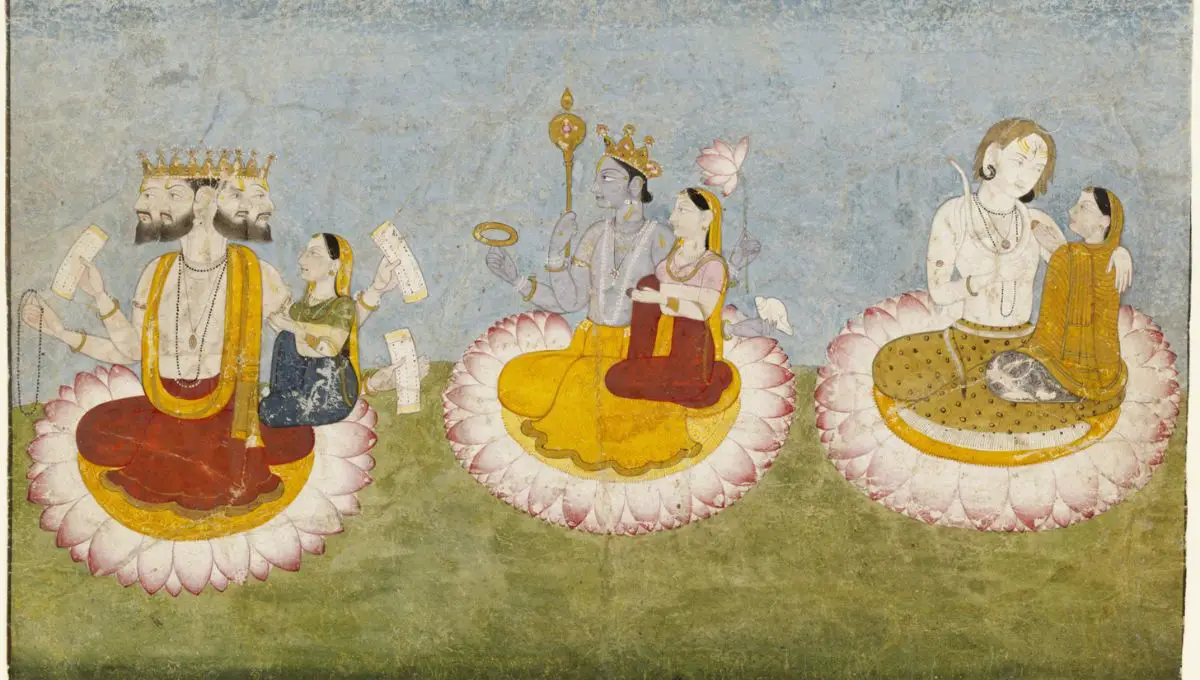
It is a collection of stories, beliefs, and traditions originating from ancient India, dating back to 1500 BCE to 500 CE. Hindu Mythology encompasses a diverse array of gods, goddesses, heroes, and creatures, as well as rituals and moral lessons. Some of the most famous Hindu myths include the stories of Lord Vishnu and his various avatars (such as Rama and Krishna), the Mahabharata epic and the Ramayana epic, the story of Shiva and his consort Parvati, and the creation myth of the Hindu triumvirate (Brahma, Vishnu, and Shiva). Hindu mythology continues to play a major role in Hinduism, and its stories and symbols are still widely studied and revered today.
Norse mythology (13th century CE)
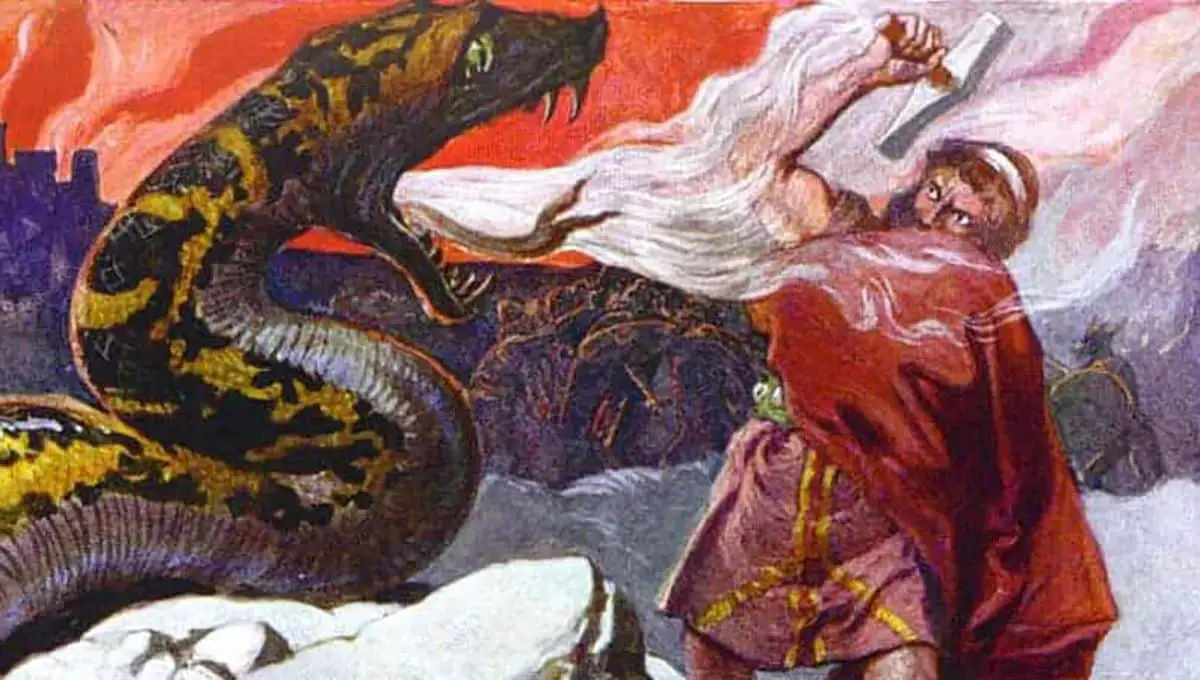
Norse mythology refers to the pre-Christian belief system, myths, and legends of the Scandinavian people, primarily from the 13th century CE. It centers around a pantheon of gods, including Odin, Thor, Freyja, and Loki, and tells stories of the creation of the world, legendary battles, and the fate of humanity in the end of the world (Ragnarok). The Norse gods and myths have had a lasting impact on popular culture, inspiring works of literature, art, and popular media such as comic books, video games, and movies. The mythology has also influenced modern pagan movements and has been the subject of revival and reconstruction in the 20th and 21st centuries.
Greek mythology (8th century BCE)
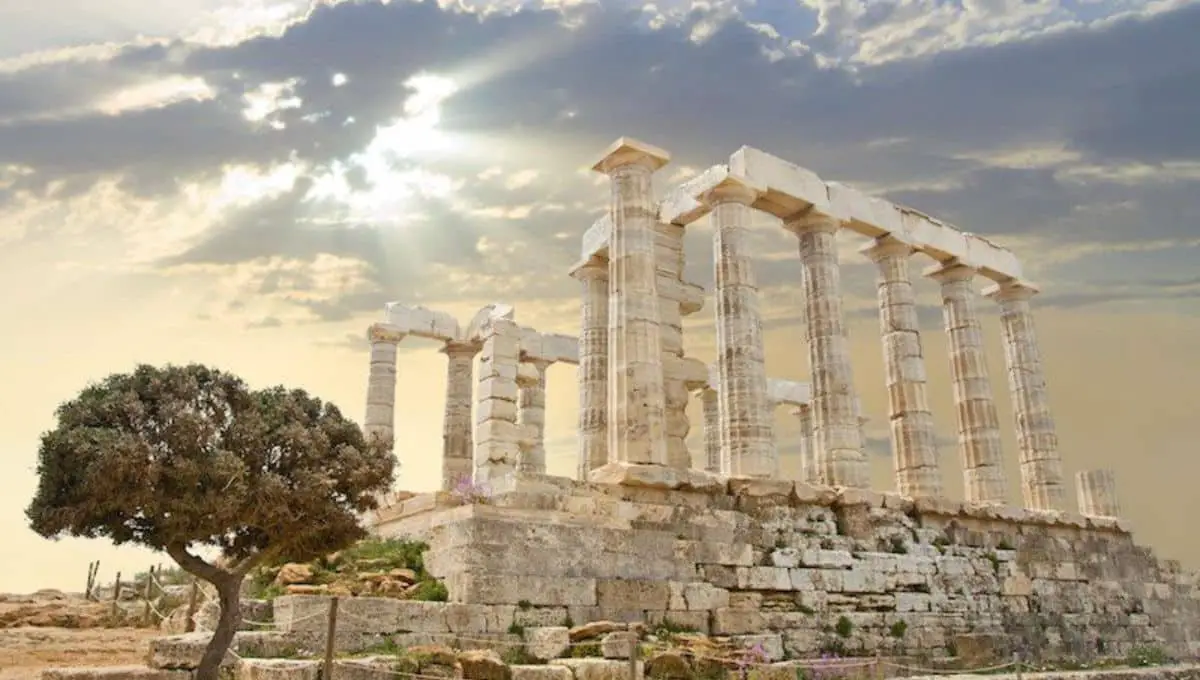
It is a collection of ancient Greek myths, religious beliefs, and rituals that were practiced by the ancient Greeks. It is believed to have originated in the 8th century BCE, and was a major part of ancient Greek culture and religion. The myths were passed down orally for centuries before being written down and collected in texts such as the Homeric epics and works by playwrights such as Aeschylus, Sophocles, and Euripides. The tales in Greek mythology involve gods and goddesses, heroes, and creatures with superpowers, and explain the origins of the world and the customs of the ancient Greeks.
Celtic mythology (5th century BCE)
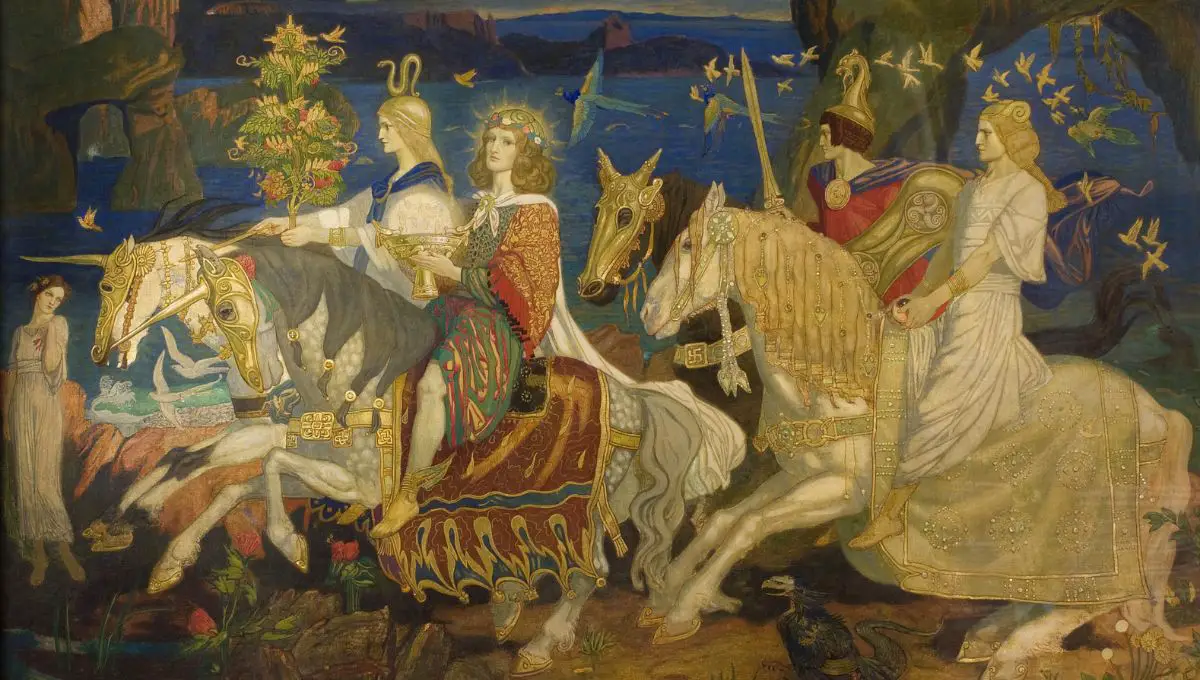
Celtic mythology is a collection of myths and legends originating from the Celtic-speaking people of ancient Ireland, Scotland, Wales, and Gaul (modern-day France) in the 5th century BCE. These myths were passed down orally through generations before being written down in the Middle Ages. They feature gods and goddesses, heroes and monsters, and explore themes such as nature, war, love, and death. Some of the most well-known figures in Celtic mythology include the goddess Brigid, the god Lugh, King Arthur, and the sorcerer Merlin. The Celts believed that the Otherworld, a realm of the dead and supernatural beings, coexisted with the physical world and that the boundaries between them could be crossed.
Slavic mythology (10th century CE)
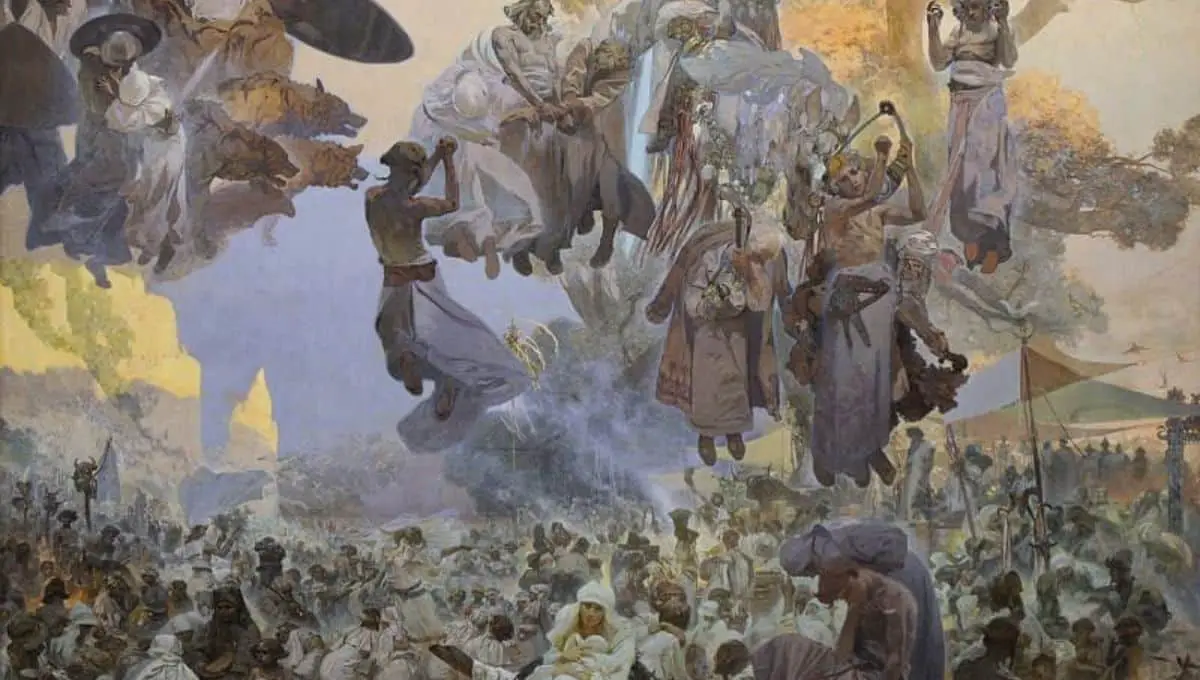
It is a collection of myths, legends, and beliefs originating from the Slavic-speaking people of Eastern Europe, including Russia, Ukraine, and Poland, in the 10th century CE. The Slavic pantheon is centered around the worship of gods and goddesses, who were believed to control various aspects of nature, such as the sun, moon, and fire. Some of the most well-known Slavic deities include Perun, the god of thunder and lightning, Veles, the god of the underworld, and Svarog, the god of the sky. There are also many mythical creatures in Slavic mythology, such as dragons, giants, and witches, who play important roles in tales and legends.
Japanese mythology (7th century CE)
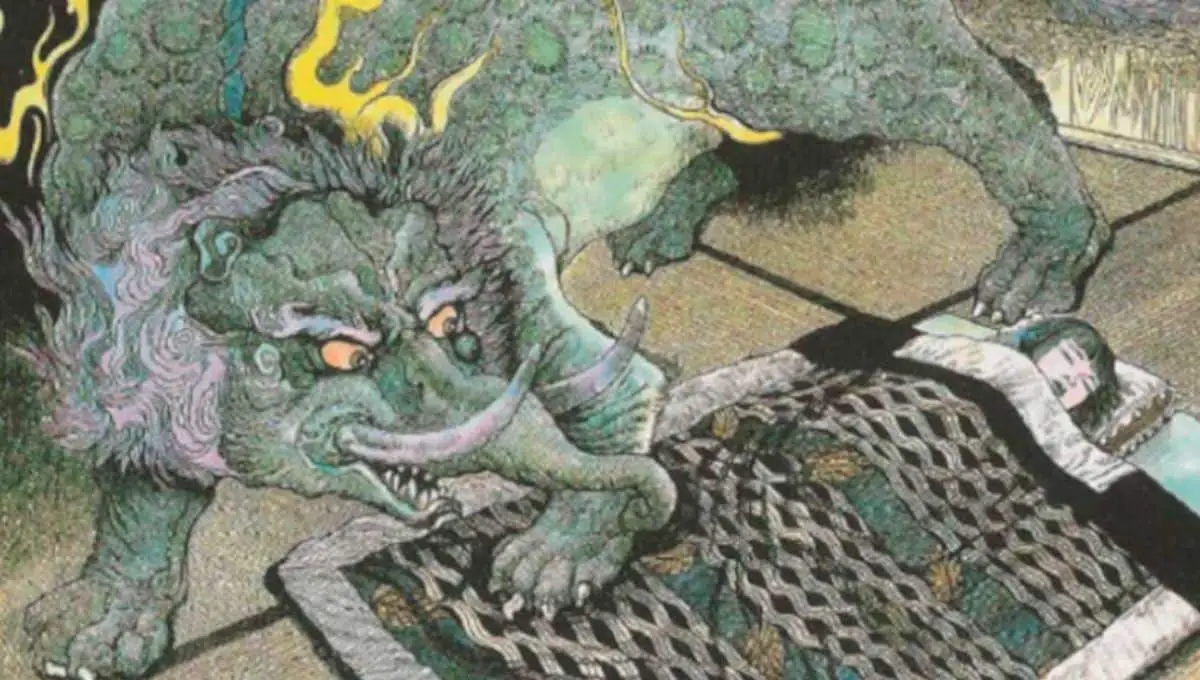
Japanese mythology refers to the collection of myths, legends, and folktales from Japan, dating back to the 7th century CE. These stories were passed down orally before being recorded in written form in the 8th century. Japanese mythology is a complex mix of indigenous Shinto beliefs, as well as influences from Chinese, Korean and Hindu mythologies. It features a large pantheon of gods, goddesses, and spirits, who are associated with nature, such as the sun goddess Amaterasu, the thunder god Raijin, and the dragon god Ryūjin.
Mayan mythology (2000 BCE – 1697 CE)
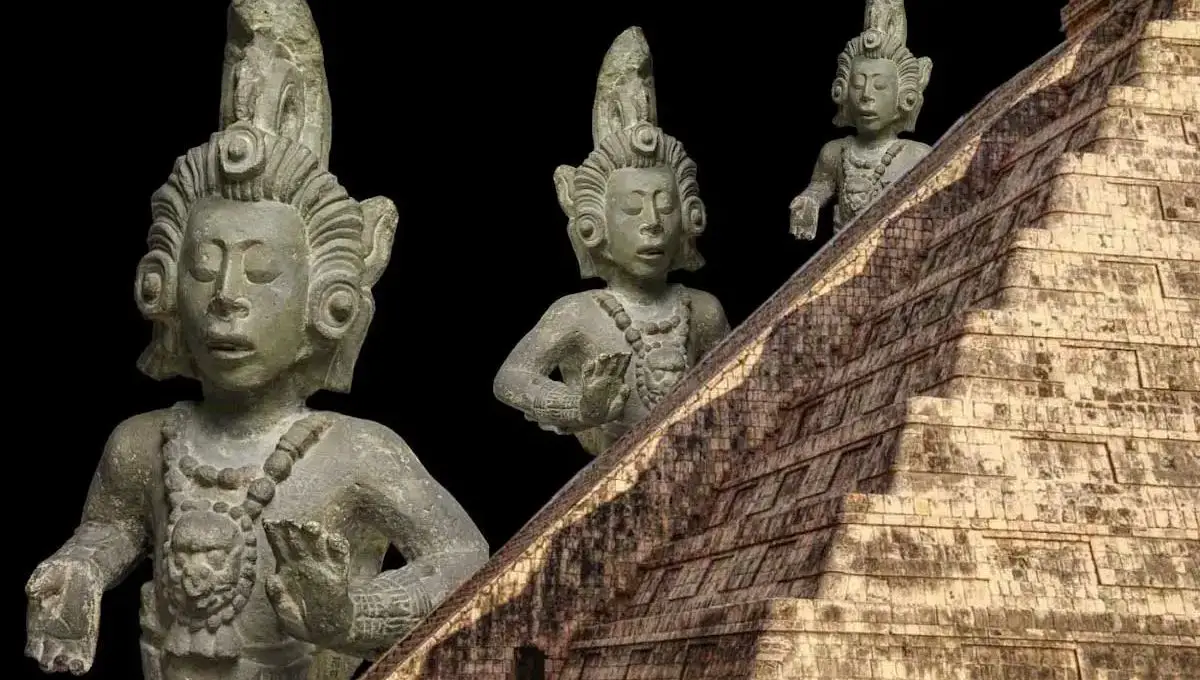
The Mayan civilization, which existed in present-day Mexico and Central America from 2000 BCE to 1697 CE, had a rich mythology that encompassed a diverse pantheon of gods, supernatural beings, and legendary creatures. The Mayan gods played a central role in their religious beliefs and were worshiped through various rituals and ceremonies. Some of the most well-known gods include the sun god Kinich Ahau, the maize god Centeotl, and the god of death and underworld, Xibalba. Mayan mythology also tells stories of creation, the end of the world, and the journey of the soul after death. The Mayans also believed in a wide variety of supernatural beings, such as spirits, ghosts, and supernatural monsters.
Also Read: A Guide to the Best Movies Based on Mythology
